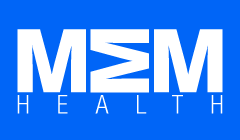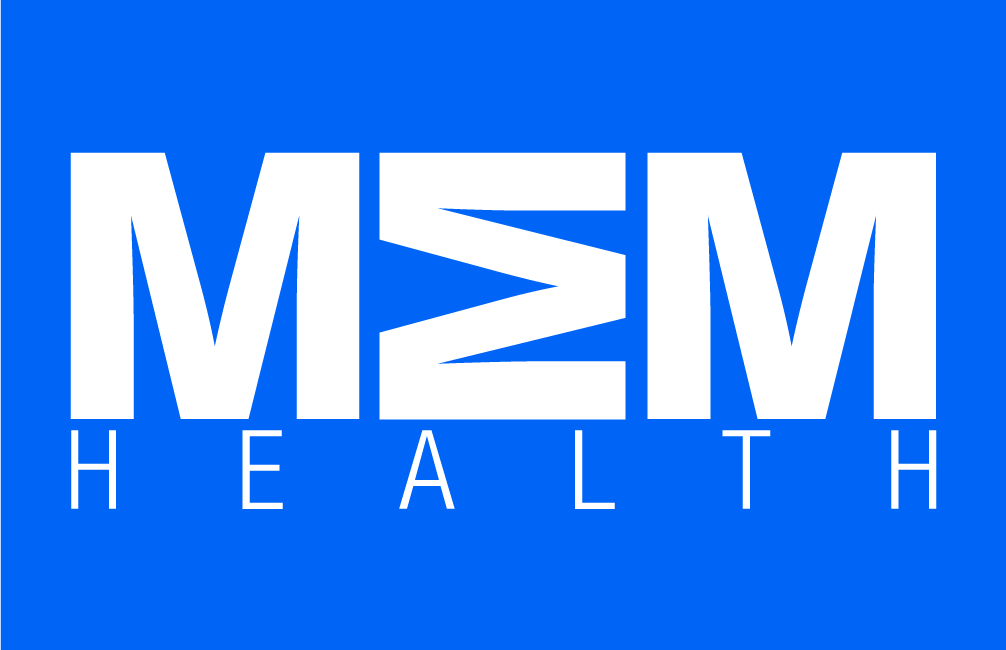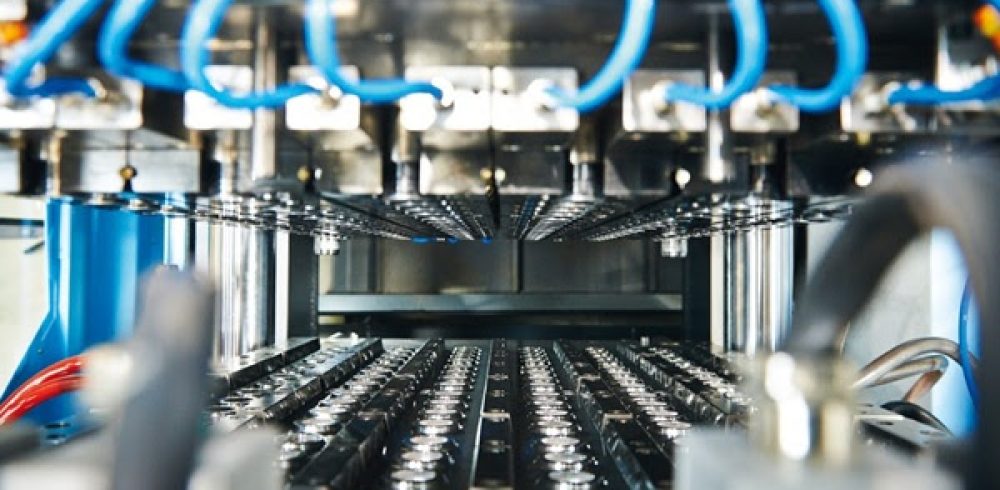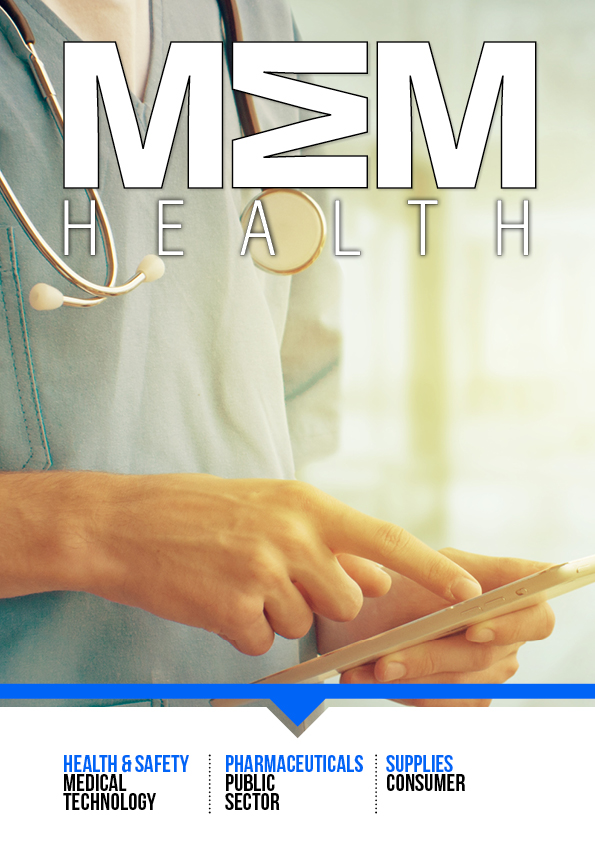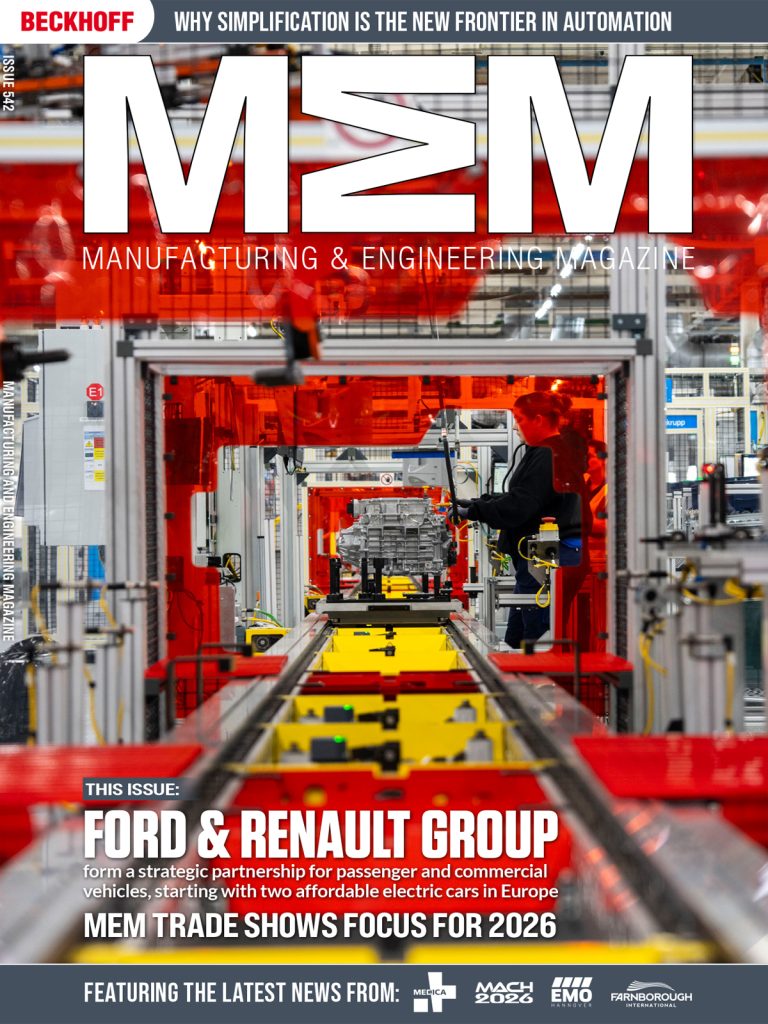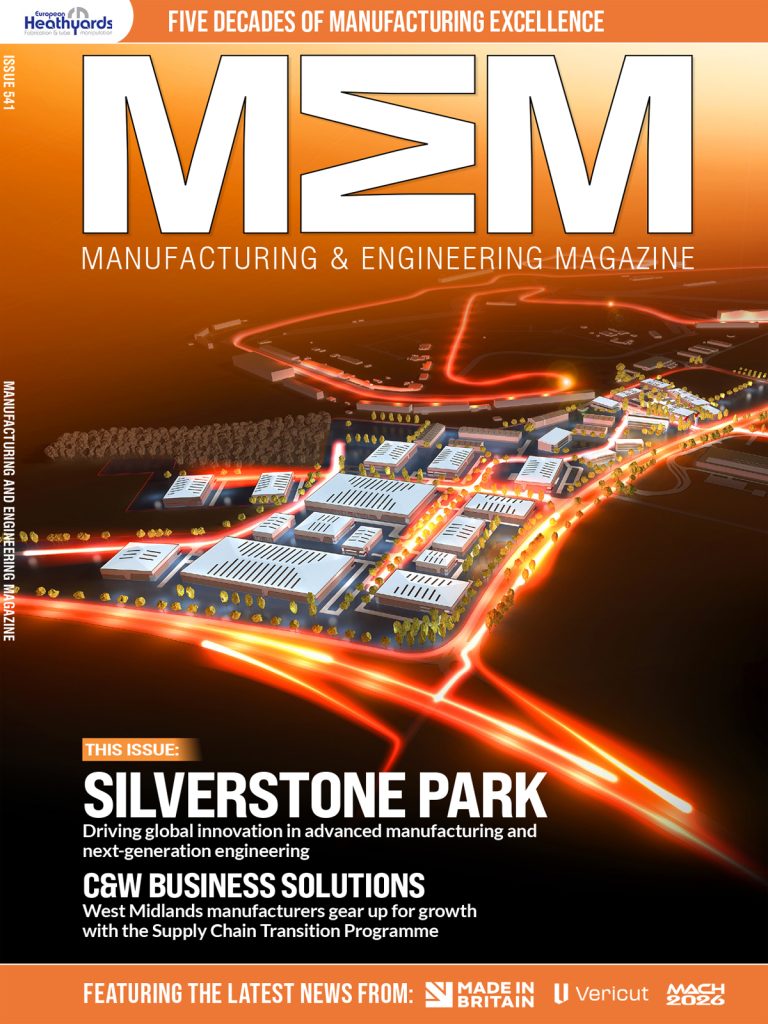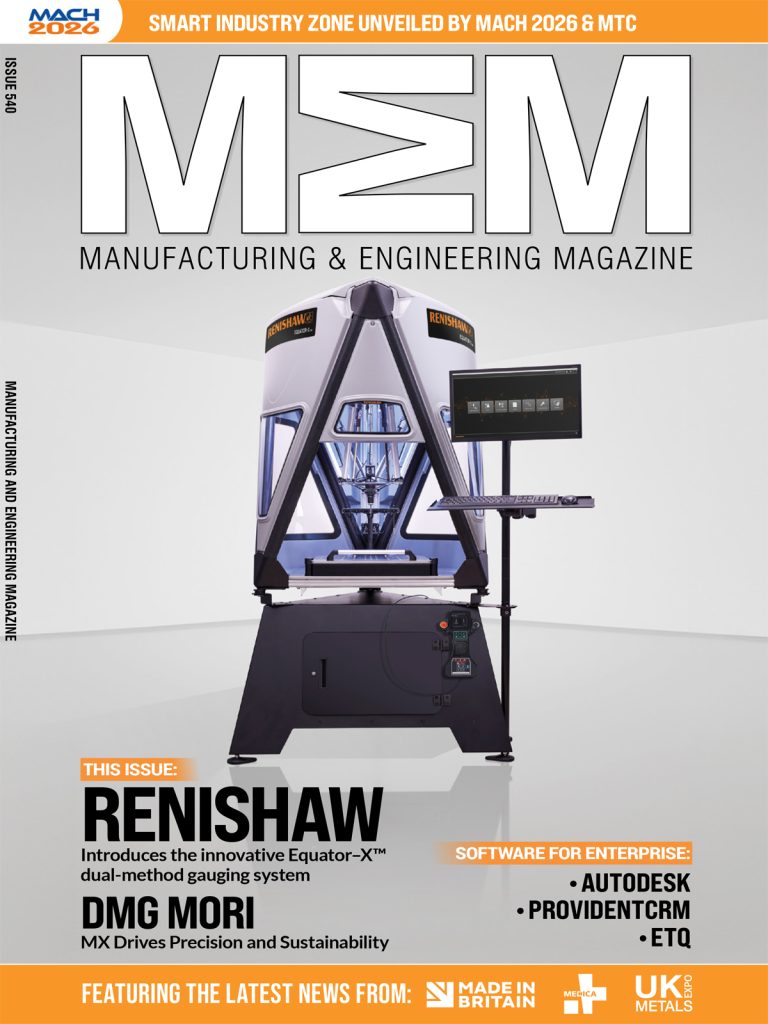Legislation has been recently introduced which significantly impacts manufacturers of medical devices. Effective June 16, 2025, the post-market surveillance (PMS) requirements means that UK manufacturers must now have a robust process in place to monitor the safety and performance of medical devices after they are placed on the market. The process introduced will vary by medical device and needs to be proportionate to each product’s risks.
Part of wider regulatory reforms taking place across the medical sector globally, the Medical Devices (Post-market Surveillance Requirements) (Amendment) (Great Britain) Regulations 2024 mirror requirements already in place in Europe and North America and Australia.
Intended to improve the safety and long-term traceability of medical devices, including in vitro diagnostics (IVD) and active implantable devices, manufacturers are responsible for implementing a comprehensive PMS process to gather and analyse information about the performance of a device or device family. This includes gathering user feedback to identify potential product safety issues, as well as documenting and reporting corrective and preventative actions taken.
Experts at Sumitomo (SHI) Demag, including medical business development director Andreas Montag, Ireland-based technical support manager Kris Thacker, and UK managing director Dave Raine delve into how and why PMS increases the importance of quality control and risk management. Including where production machinery fits into the overall traceability, device performance, supply chain and recall process.
PMS is an integral part of a processors’ quality management system. Although manufacturers of the complete device hold the primary responsibility processors supplying components may also need to apply PMS. The extent of the obligation depends on the device’s classification and the component’s role in product safety.
Information intermediaries
Digital threads throughout the moulding of medical devices and components are essential in that the data enables processors to view and achieve greater surveillance over quality control. This could include verifying the exact settings used on the exact moulding machine, and when that individual part was made. In addition, production records assist processors in demonstrating compliance with quality management system (QMS) requirements. These traceability records may also help to protect intellectual property.
However, as with any form of industrial equipment, a moulding machine is only the conduit of processing information, which will usually be limited to set data parameters. Yet, when fed into the host Manufacturing Execution System (MES), which connects to multiple processing assets, data can be converted into actionable and meaningful PMS insights.
Collecting and processing data from various sources, the MES enables manufacturers to create a digital record, or genealogy, of each medical device or component, gathering output from all of the production parameters. This could include laser marking of components, as well as water flow rates or hot runner temperatures. By tightly integrating all elements of the plastic injection process, in-mould decoration, robotics, data capture and management into a single turnkey cleanroom cell, part-specific traceability and process monitoring is further enhanced.
It means that any potential quality issue or defect, which might not be picked up for several months, or even years, can be tracked back to the very day and cycle it was manufactured. The result is item-level traceability. It also enables processors to conduct root cause analyses on parts and components.
Shaping safety in the future
Implementing this variable and fully traceable digital thread requires full integration of data streams across every phase of production and feeding this into a single MES system.
Andy Jewell at Intouch Monitoring and Moulders Consulting states: “MES ensures real-time process monitoring and quality checks to comply with FDA 21 CFR Part 11 and EU MDR requirements. It captures detailed production and process data in real-time, storing it for full traceability and audit readiness.”
Beyond compliance, MES adds value by transforming vast production and process data into actionable insights, expands Andy. “Using data mining and advanced analytics, MES uncovers hidden patterns, correlations, and trends, enabling early quality issue detection, root cause identification, easier segregation of defective components, and opportunities for process improvement. Consequently, MES not only mitigates risk but also enhances efficiency, agility and product reliability throughout the manufacturing lifecycle.”
Another challenge in PMS planning and reporting is that adverse events may be documented in a wide range of datasets. These might range from customer relationship management (CRM) systems to quality management and safety systems, as well as peer-reviews of literature. Additionally, data may be presented in a range of formats, including audio and video files, emails, PDFs and or office documents. In some cases, this data is structured. But in manufacturing environments when dealing with a lot of legacy information, it may not be.
Given the narrow window in which quality defects must be reported to MHRA, AI and machine learning can be extremely beneficial in expediting the process and increasing accuracy, notes Andy. “AI enhances intelligence by analysing MES alongside legacy and other data to detect deviations, predict quality issues, and identify root causes of failures. It maintains data integrity and supports the automated creation of regulatory documents such as electronic batch records, deviation logs, and CAPA reports.”
Enabling data exchange
The key to success is total integration and seamless interactive connectivity between all devices, from injection moulding machines and robotics to temperature controllers and mould flow digital devices.
This is where the incorporation of OPC UA enables standardised, secure and efficient communication between different components and systems. With the increasing number of technologies, peripheral devices, automation and tools that need to communicate with the injection moulding machine, OPC UA enables multiple suppliers to talk seamlessly to the MES system.
UK & Ireland managing director Dave Raine puts this into context: “If each moulding machine has over multiple outputs being generated every cycle, there is no way that the machine alone would have the power to store, process and analyse all of this data. Let alone be capable of retrieving any production deviations from dosing units, hot runners or temperature control units after two million cycles. This is truly when the MES comes into its own. It is the brains of the operation with the capacity to hold and analyse hundreds of types of data, including operating status, production quantity, product information and moulding conditions. Additionally, OPC UA makes it possible for a MES to centrally manage production information on moulding machines and equipment from different manufacturers.”
For PMS planning, shifting to all-electric injection moulding machines and OPC UA connectivity provides a prime opportunity for processors to review their vertical integration and optimise the entire value chain, now and into the future. Although still in its infancy, OPC UA connectivity holds the most promise for production transparency, states Dave.
As an example, acquiring production cells recently with OPC UA technology customised and factory tested to their requirements enabled one of SDUK’s high profile medical customers to introduce full turnkey solutions, without the previous complexities of proprietary interfaces.
Keeping pace with technological innovations during this digitalisation cycle requires expertise not generalist knowledge. In the medical sector especially, traceability is built on trusted partners sharing their respective strengths. In order to optimise investments, Andreas Montag advises selecting vendors who can offer access to fully integrated services without compromising their core competencies.
Andreas expands: “We know that data silos and complex integrations can hinder growth. It can also compromise transparency and even patient safety. Compared to non-competing partnerships whereby efforts can be coordinated giving processors access to broader capabilities. For the medical device market this is what results in heightened risk management, mitigation and reputational protection.”
Manufacturing & Engineering Magazine | The Home of Manufacturing Industry News
